Imperial AD 284-491
Roman Imperial AD 284-491 coins for sale. We are looking to buy any collections or individual rarities from the Roman period, Gold Aureus, Carausius denarius to name but a few. Often these do not appear for sale on our site for long so if you collect something specific please do get in touch, similarly if you have coins to sell we’d love to hear from you.
Diocletian initiated the ‘tetrachy’ in AD 293, which refers to a governing system of two Augusti and two Caesars, and also carried out a much needed reform of the monetary system. In AD 295, the follis was introduced intended to replace the sestertius; the reverse type of ‘Genio Populi Romani’ being extensively issued into the Constantinian period when a series of smaller bronzes dominated the monetary system under rising inflation, the series referred to as ‘AEs’. The follis reappeared later in the fourth century. Likewise, the short-lived silver argenteus, was issued as a replacement for the antoninianus, and valued at one hundred denarii.
Diocletian’s successors failed to keep this monetary system intact. In Constantine’s subsequent monetary reform of AD 312, the gold aureus was replaced by the gold solidus, to consolidate the basis of the currency once again. The miliarense and siliqua appeared at this time as part of the reforms. During the Constantinian period and beyond, the imperial portrait was still the dominant feature of the coinage, though more stylized. Reverse types typically reflect, for example, the glory of the Roman army, vows for the continuity of Imperial rule, and the ongoing struggle against barbarians on the frontiers.
Following the Edict of Milan, also in AD 312, legalizing Christian worship, the Christian monogram begins to appear on coins, the Greek letters ‘chi’ and ‘rho’ superimposed, sometimes on a standard, beginning with Constantine I; later combined with the alpha and omega, as seen under Constantius II and Magnentius. Christianity and paganism were portrayed alongside each other, though it is noteworthy that the coinage of Julian II was dominated by a range of pagan types.
In AD 330, Constantinople, formerly ancient Byzantium, was designated the new capital of the Roman Empire. After AD 360, the gold solidus, and in the 380’s, the tremissis (third solidus), increased in use as a result of greater gold availability. The full development of the Christian tradition in coinage followed during the Byzantine period.
For further reading on the golden age try ‘Imperial Legitimation’ by G Barker https://www.spinkbooks.com/index.php?route=product/product&path=59/&product_id=756
Showing 1–40 of 118 results
-
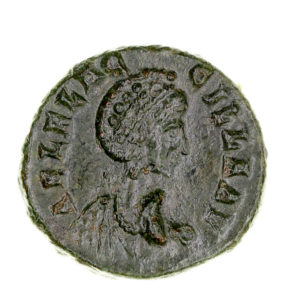
Aelia Flaccilla wife of Theodosius I AD 379-395 Bronze Follis Heraclea
£95.00Code: NR444
View Item -
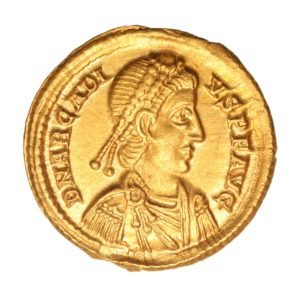
Arcadius AD 383-408 Gold Solidus Milan
£2,750.00Code: MR390
View Item -
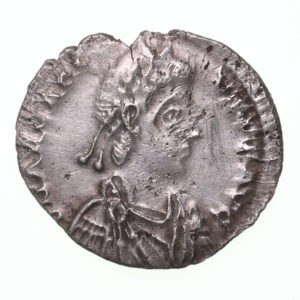
Arcadius AD 383-408 Silver Siliqua Milan The Colkirk Hoard
£89.00Code: COL135
View Item -
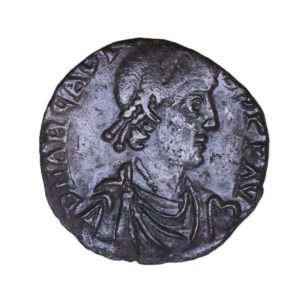 New Listing
New ListingArcadius AD 383-408 Silver Siliqua Trier
£89.00Code: MR637
View Item -
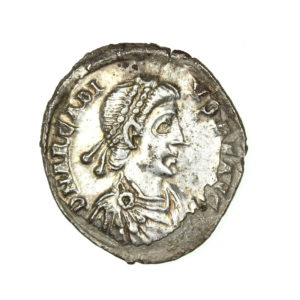
Arcadius AD 383-408 Silver Siliqua, Milan
£150.00Code: RR738
View Item -
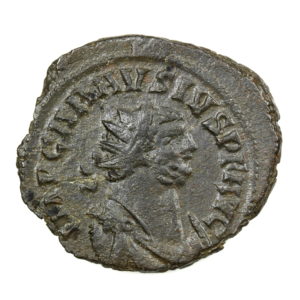
Carausius (Usurper) AD 286-293 Billon Antoninianus
£295.00Code: NR117
View Item -
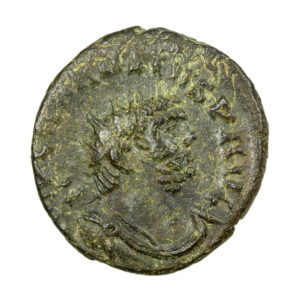
Carausius (Usurper) AD 286-293 Billon Antoninianus
£175.00Code: NR119
View Item -
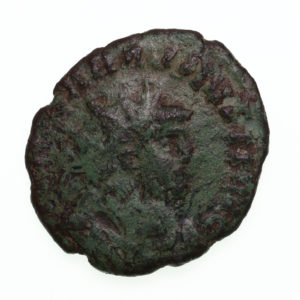
Carausius (Usurper) AD 286-293 Bronze Antoninianus
£185.00Code: NR617
View Item -
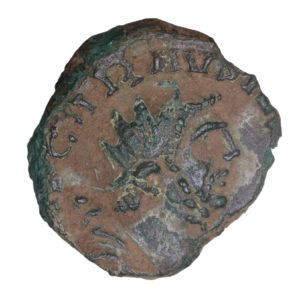
Carausius (Usurper) AD 286-293 Bronze Antoninianus Colchester
£175.00Code: LR483
View Item -
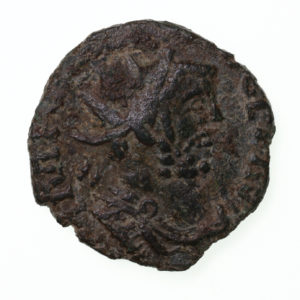
Carausius (Usurper) AD 286-293 Bronze Antoninianus London
£69.00Code: NR616
View Item -
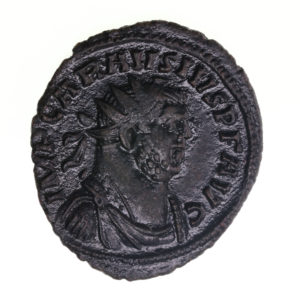
Carausius (Usurper) AD 286-293 Bronze Antoninianus London
£275.00Code: NR842
View Item -
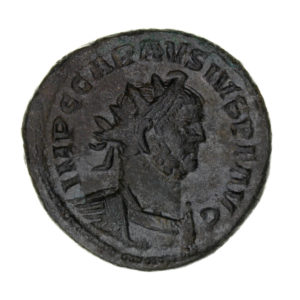
Carausius (Usurper) AD 286-293 Bronze Antoninianus London mint
£225.00Code: NR361
View Item -
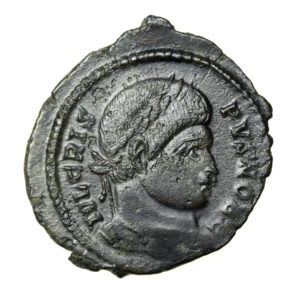
Carleton St Peter Hoard Crispus AD 316-326 Bronze Follis Trier mint
£69.00Code: CSP73
View Item -
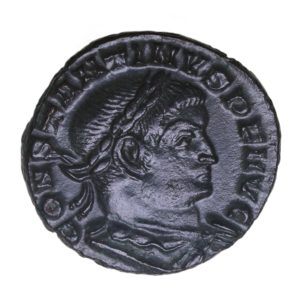
Constantine I ‘The Great’ AD 307-337 Bronze Follis *ex Bourton on the Water Hoard*
£89.00Code: LR694
View Item -
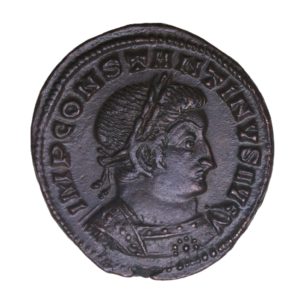
Constantine I ‘The Great’ AD 307-337 Bronze Follis *ex Bourton on the Water Hoard*
£125.00Code: LR696
View Item -
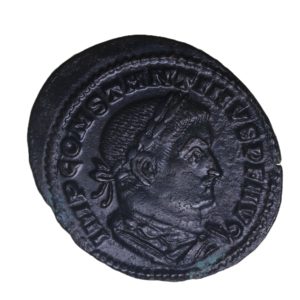
Constantine I ‘The Great’ AD 307-337 Bronze Follis *ex Bourton on the Water Hoard*
£99.00Code: LR697
View Item -
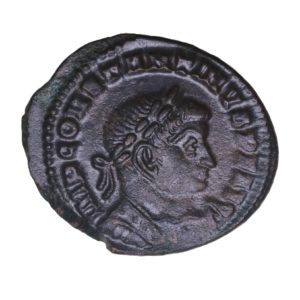
Constantine I ‘The Great’ AD 307-337 Bronze Follis *ex Bourton on the Water Hoard*
£89.00Code: LR698
View Item -
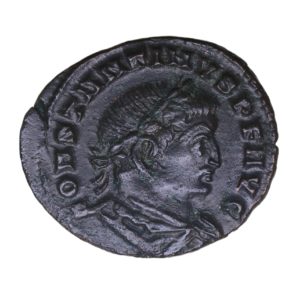
Constantine I ‘The Great’ AD 307-337 Bronze Follis *ex Bourton on the Water Hoard*
£89.00Code: LR699
View Item -
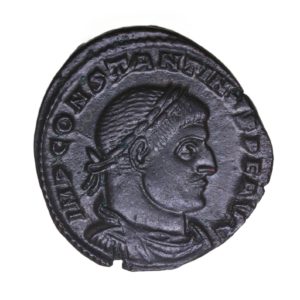
Constantine I ‘The Great’ AD 307-337 Bronze Follis *ex Bourton on the Water Hoard*
£79.00Code: LR702
View Item -
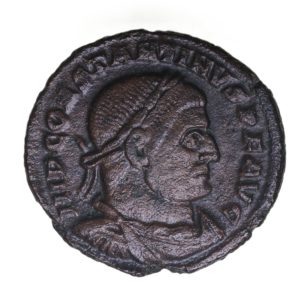
Constantine I ‘The Great’ AD 307-337 Bronze Follis *ex Bourton on the Water Hoard*
£79.00Code: LR704
View Item -
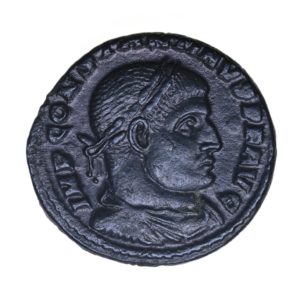
Constantine I ‘The Great’ AD 307-337 Bronze Follis *ex Bourton on the Water Hoard*
£79.00Code: LR705
View Item -
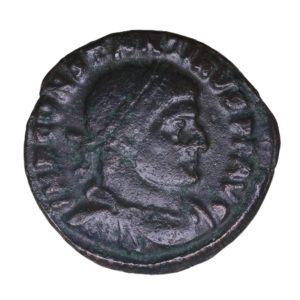
Constantine I ‘The Great’ AD 307-337 Bronze Follis *ex Bourton on the Water Hoard*
£69.00Code: LR706
View Item -
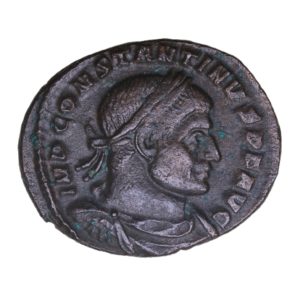
Constantine I ‘The Great’ AD 307-337 Bronze Follis *ex Bourton on the Water Hoard*
£69.00Code: LR708
View Item -
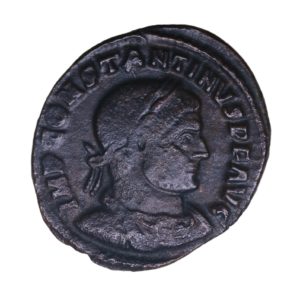
Constantine I ‘The Great’ AD 307-337 Bronze Follis *ex Bourton on the Water Hoard*
£69.00Code: LR709
View Item -
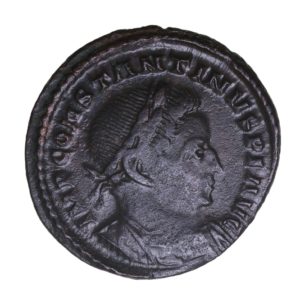
Constantine I ‘The Great’ AD 307-337 Bronze Follis *ex Bourton on the Water Hoard*
£110.00Code: LR712
View Item -
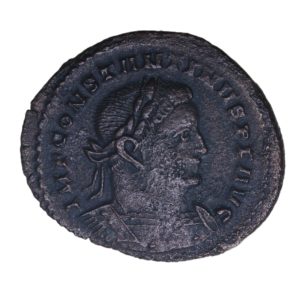
Constantine I ‘The Great’ AD 307-337 Bronze Follis *ex Bourton on the Water Hoard*
£89.00Code: LR713
View Item -
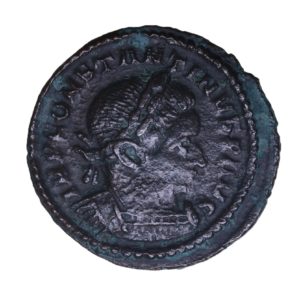
Constantine I ‘The Great’ AD 307-337 Bronze Follis *ex Bourton on the Water Hoard*
£79.00Code: LR714
View Item -
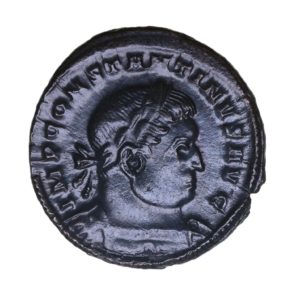
Constantine I ‘The Great’ AD 307-337 Bronze Follis *ex Bourton on the Water Hoard*
£89.00Code: LR716
View Item -
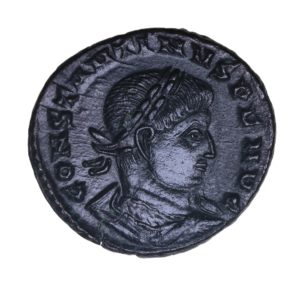
Constantine I ‘The Great’ AD 307-337 Bronze Follis *ex Bourton on the Water Hoard*
£89.00Code: LR717
View Item -
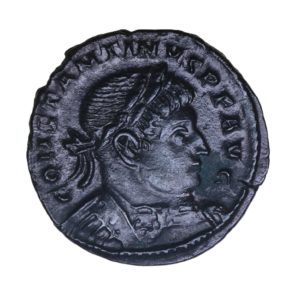
Constantine I ‘The Great’ AD 307-337 Bronze Follis *ex Bourton on the Water Hoard*
£89.00Code: LR719
View Item -
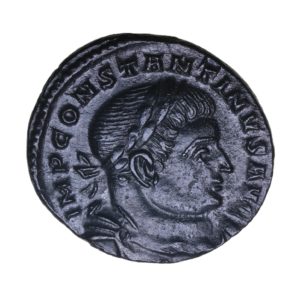
Constantine I ‘The Great’ AD 307-337 Bronze Follis *ex Bourton on the Water Hoard*
£89.00Code: LR720
View Item -
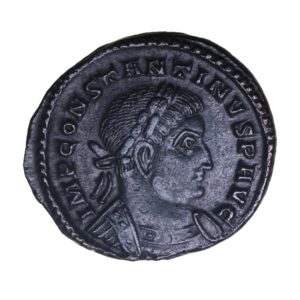
Constantine I ‘The Great’ AD 307-337 Bronze Follis *ex Bourton on the Water Hoard*
£89.00Code: LR721
View Item -
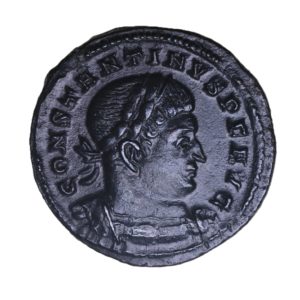
Constantine I ‘The Great’ AD 307-337 Bronze Follis *ex Bourton on the Water Hoard*
£89.00Code: LR722
View Item -
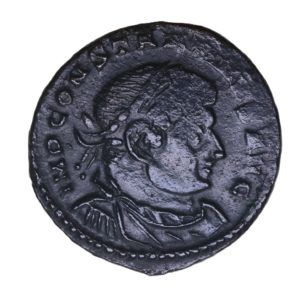
Constantine I ‘The Great’ AD 307-337 Bronze Follis *ex Bourton on the Water Hoard*
£69.00Code: LR724
View Item -
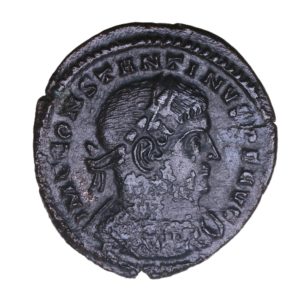
Constantine I ‘The Great’ AD 307-337 Bronze Follis *ex Bourton on the Water Hoard*
£69.00Code: LR725
View Item -
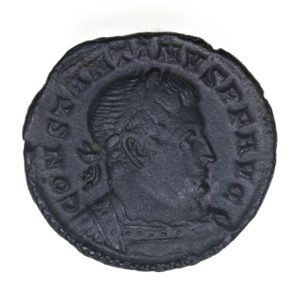
Constantine I ‘The Great’ AD 307-337 Bronze Follis *ex Bourton on the Water Hoard*
£69.00Code: LR726
View Item -
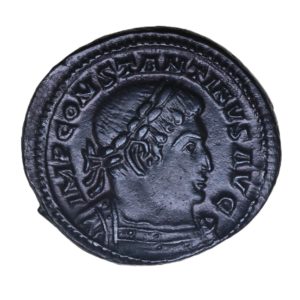
Constantine I ‘The Great’ AD 307-337 Bronze Follis *ex Bourton on the Water Hoard*
£89.00Code: LR727
View Item -
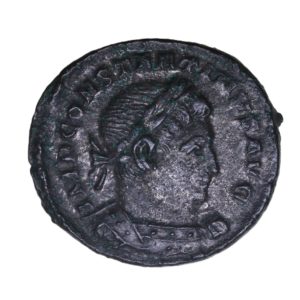
Constantine I ‘The Great’ AD 307-337 Bronze Follis *ex Bourton on the Water Hoard*
£79.00Code: LR728
View Item -
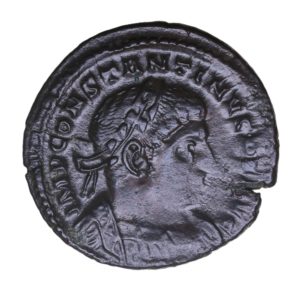
Constantine I ‘The Great’ AD 307-337 Bronze Follis *ex Bourton on the Water Hoard*
£69.00Code: LR729
View Item -
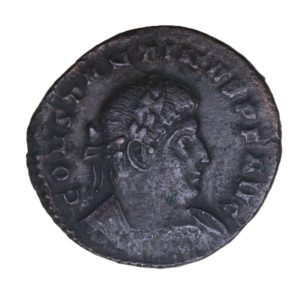
Constantine I ‘The Great’ AD 307-337 Bronze Follis *ex Bourton on the Water Hoard*
£69.00Code: LR730
View Item






